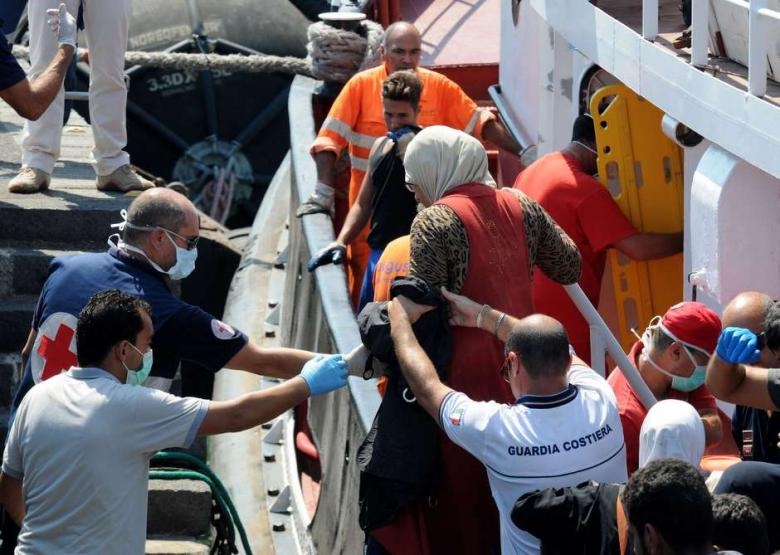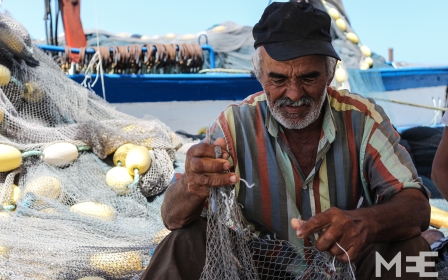2,000 Syrians drowned during flight to Europe since 2011: report

Over 2,000 Syrians have died by drowning in an attempt to reach safety in Europe since the end of 2011, according to a new report.
“From Death to Death,” a report by the Syrian Network for Human Rights (SNHR), finds that 2,157 Syrian nationals have drowned off the coast of Libya en route to Europe since the outbreak of an uprising against the rule of President Bashar al-Assad.
According to SNHR, over 75 percent of those who drowned have been women and children.
The report finds that the number of refugees from Syria has now reached 5.8 million, equal to more than a third of the country’s population according to 2011 figures.
The vast majority of Syrian refugees are hosted by neighbouring countries including Jordan, Turkey and Lebanon, which this year became host to the world’s second-largest population of refugees.
Relatively small numbers of Syrian nationals have reached Europe – the latest European Union figures show that just 150,000 Syrians have sought political asylum within its borders since 2011.
The United Kingdom, the third wealthiest state in the union, is thought to have resettled 174 Syrian nationals, and given temporary protection to some 4,000 since the crisis began.
European powers are currently searching for solutions to an ongoing migrant boat crisis, which has seen the numbers of people drowning on their way to countries like Malta, Greece and Italy spike compared with the 2014 figures.
One of the proposed solutions, supported by the 28-member European Union but yet to gain approval from the United Nations, is to launch a military campaign to destroy boats used by people-smugglers based in Europe.
So far in 2015, Syrians have made up the fourth-largest contingent of people reaching European shores, according to figures from the International Organisation for Migration.
The plan to bomb boats within Libyan territorial waters has raised concern among legal observers and rights groups, who are instead calling on the EU to open safer channels of migration, for example on its land borders with Turkey.
Middle East Eye propose une couverture et une analyse indépendantes et incomparables du Moyen-Orient, de l’Afrique du Nord et d’autres régions du monde. Pour en savoir plus sur la reprise de ce contenu et les frais qui s’appliquent, veuillez remplir ce formulaire [en anglais]. Pour en savoir plus sur MEE, cliquez ici [en anglais].




